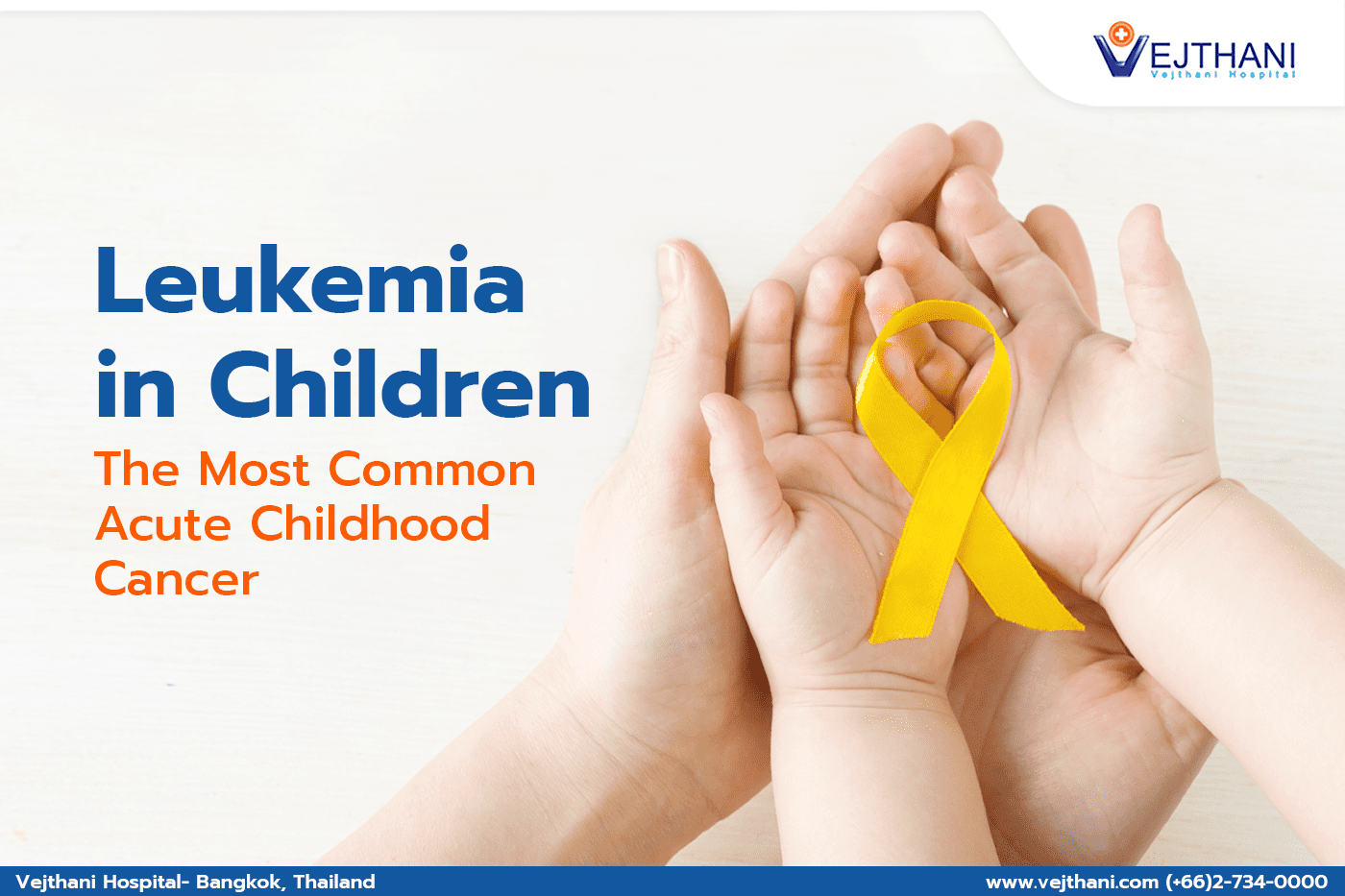Reduce the Risk of SIDS Actions Caregivers Must Take
Learn how to reduce the risk of Sudden Infant Death Syndrome (SIDS) with safe sleep practices, caregiver guidance, and early preventive measures.

Childhood leukemia, also known as pediatric leukemia, the most common type of cancer in children and teens, is a cancer of the white blood cells. Abnormal white blood cells form in the bone marrow. They quickly travel through the bloodstream and crowd out healthy cells. This increases the body’s chances of infection and other problems.
As tough as it is for a child to have cancer, it’s good to know that most children and teens with pediatric leukemia respond favorably to treatment.
Almost all cases of childhood leukemia are acute, which means they develop rapidly. A small number are chronic and develop slowly.
To diagnose childhood leukemia, the doctor will take a thorough medical history and perform a physical exam. Tests are used to diagnose childhood leukemia as well as classify its type. Initial tests may include:
A pathologist examines cells from the blood tests under a microscope. This specialist also checks bone marrow samples for the number of blood-forming cells and fat cells. Other tests may be done to help determine which type of leukemia your child may have. These tests also help the doctors know how likely the leukemia is to respond to treatment. Certain tests may be repeated later to see how your child responds to treatment.
Have an honest talk with your child’s doctor and other members of the cancer care team about the best options for your child. Treatment depends mainly upon the type of pediatric leukemia as well as other factors.
The good news is the survival rates after treatment for most types of pediatric leukemia have increased over time. And treatment at special centers for children and teens provides the advantages of specialized care. In addition, childhood cancers, like pediatric leukemia, tend to respond to treatment better than adult cancers do, and children’s bodies often tolerate treatment better.
Before pediatric leukemia treatment begins, sometimes a child needs treatment to address illness complications. For example, changes in blood cells can lead to infections or severe bleeding and may affect the amount of oxygen reaching the body’s tissues. Treatment may involve antibiotics, blood transfusions, or other measures to fight infection. The following are two treatment approaches:
Other types of treatment may include radiation therapy, which uses high-energy radiation to kill cancer cells and shrink tumors. It may be used to help prevent or treat the spread of leukemia to other parts of the body. Surgery is rarely used to treat childhood leukemia.
If standard treatment is likely to be less effective, a stem cell transplant may be the best option. It involves a transplant of blood-forming stem cells after whole body radiation combined with high-dose chemotherapy is performed first to destroy the child’s bone marrow.
Super Kid’s Center, Vejthani Hospital
Call: (+66)2-734-0000 Ext. 3310, 3312, 3319
English Hotline: (+66)85-223-8888